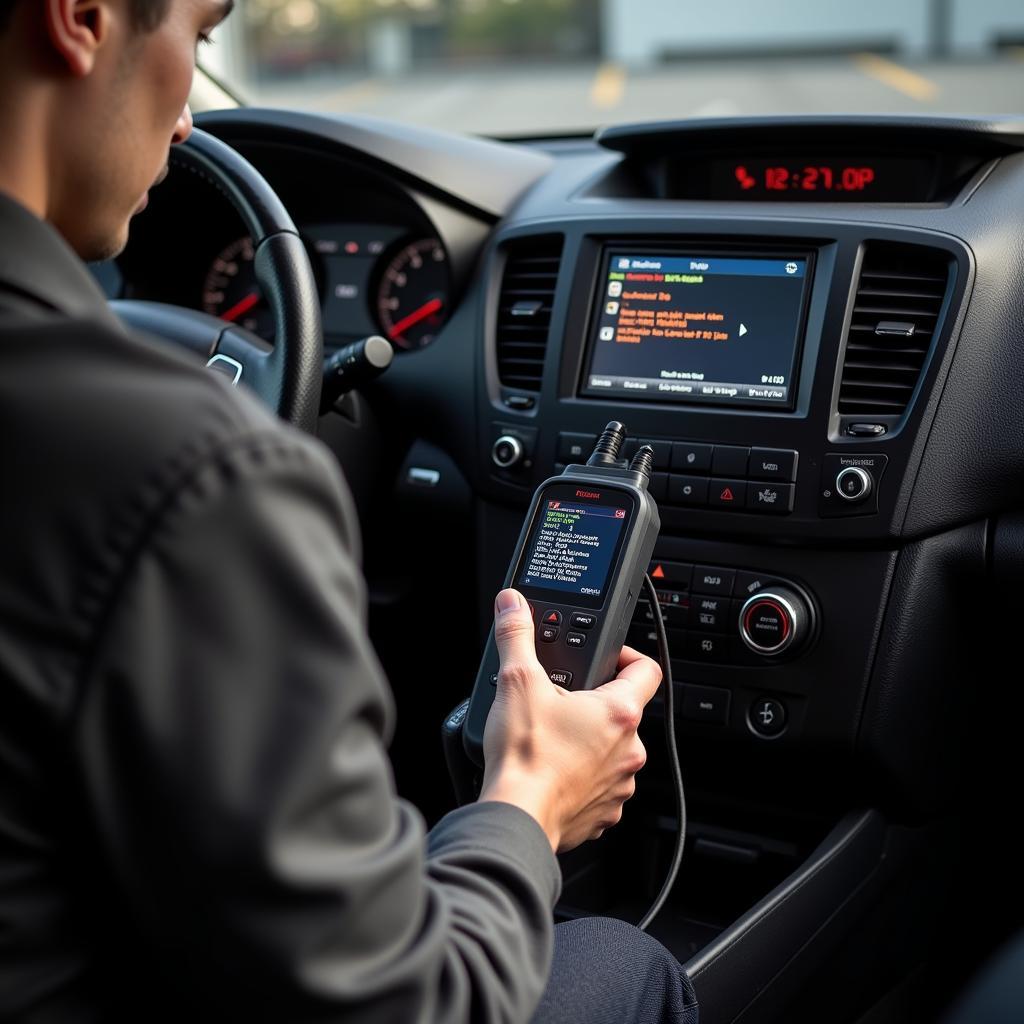When your car has persistent issues, and you’ve exhausted all other avenues, complaining about car problems to the Department of Transportation (DOT) might be your next step. Whether it’s a safety defect, a lemon law issue, or a problem with a car dealer, understanding how and when to file a complaint can be crucial. This guide provides a comprehensive overview of the process, helping you navigate the complexities of automotive consumer protection.
Understanding Your Options When You Complain About Car Problems to the Department of Transportation
Before lodging a complaint, it’s important to identify the specific nature of your car problem and which department within the DOT handles it. Different agencies address different issues, from safety defects to consumer complaints regarding dealerships. Knowing where to direct your complaint ensures it reaches the right people and increases the chances of a resolution.
Identifying the Right Agency for Your Car Problem
For safety-related concerns, the National Highway Traffic Safety Administration (NHTSA) is the primary agency. Issues like faulty brakes, airbags, or seatbelts fall under their jurisdiction. If your problem involves a warranty dispute or deceptive sales practices by a dealer, your state’s Attorney General or consumer protection agency might be more appropriate. For emissions-related problems, the Environmental Protection Agency (EPA) is the relevant authority.
Gathering the Necessary Documentation
Before you complain about car problems to the Department of Transportation, gather all relevant documents related to the issue. This includes repair orders, warranty information, purchase agreements, and any correspondence with the manufacturer or dealer. Clear documentation provides a strong foundation for your complaint and helps the DOT process your case efficiently.
How to File a Complaint with the Department of Transportation
Filing a complaint with the DOT typically involves submitting an online form or contacting the relevant agency directly. Each agency has its specific procedures, so it’s crucial to familiarize yourself with their guidelines.
Step-by-Step Guide to Filing a Complaint Online
- Identify the Correct Agency: Determine which DOT agency handles your specific car problem.
- Locate the Complaint Form: Visit the agency’s website and find the online complaint form.
- Complete the Form Accurately: Provide detailed information about your car problem, including the make, model, year, and a clear description of the issue.
- Attach Supporting Documents: Upload copies of your supporting documentation, such as repair orders and warranty information.
- Submit Your Complaint: Review your information and submit the form.
- Keep Records: Save a copy of your submitted complaint and any confirmation emails for your records.
Contacting the Department of Transportation Directly
You can also complain about car problems to the Department of Transportation by contacting them via phone or mail. This might be preferable for complex issues or if you need assistance with the online process. Contact information for specific agencies is usually readily available on their websites.
What to Expect After Filing a Complaint
After filing your complaint, the DOT will review the information and may contact you for further details. They might also contact the manufacturer or dealer to gather their perspective. The investigation process can take time, so patience is essential. The outcome can vary depending on the nature of the complaint and the findings of the investigation. Resolutions might include recalls, mandated repairs, or mediation between you and the manufacturer or dealer.
Following Up on Your Complaint
It’s important to follow up on your complaint periodically to ensure it’s being processed. You can contact the relevant agency for updates on the status of your case. Keeping track of the progress helps ensure your complaint doesn’t get overlooked.
“Filing a complaint can seem daunting, but it’s a crucial tool for protecting consumer rights. Accurate documentation and a clear explanation of the problem are key to a successful resolution.” – John Smith, Automotive Engineer
“Don’t hesitate to contact the DOT if you’ve encountered a persistent car problem that you can’t resolve on your own. They are there to help ensure consumer safety and fair practices within the automotive industry.” – Jane Doe, Consumer Advocate
Conclusion
Complaining about car problems to the Department of Transportation can be an effective way to address unresolved issues, particularly those related to safety or consumer protection. By following the correct procedures and providing clear documentation, you can increase your chances of a positive outcome. Remember, taking action not only benefits you but also contributes to a safer and more transparent automotive marketplace for everyone. Need more help? Connect with AutoTipPro at +1 (641) 206-8880 or visit our office at 500 N St Mary’s St, San Antonio, TX 78205, United States for further assistance.






Leave a Reply